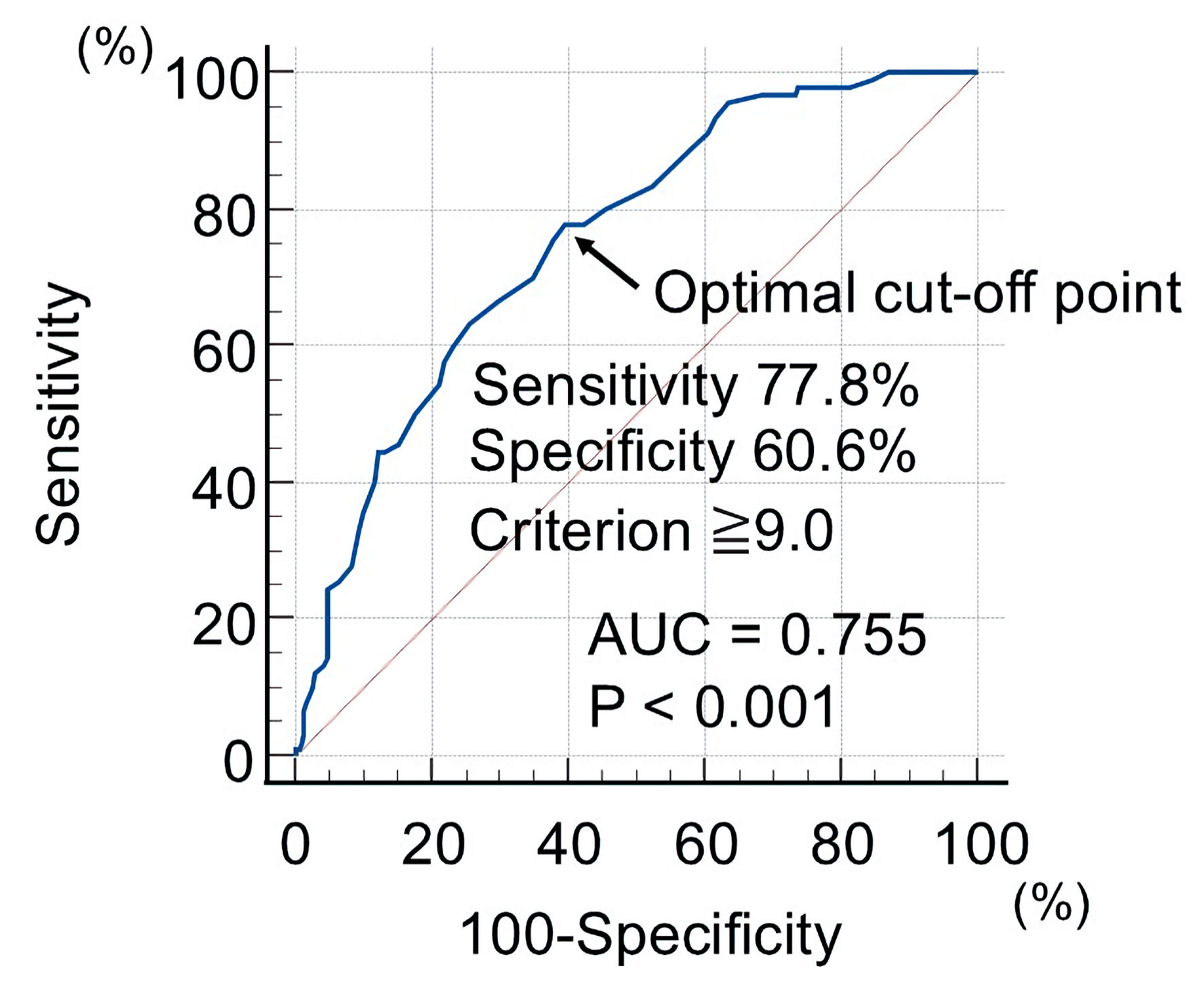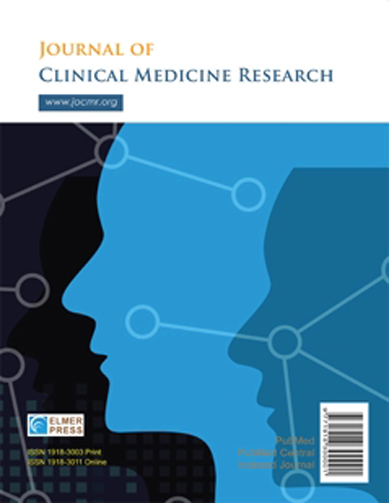Clinical Significance of the Cardio-Ankle Vascular Index as a Cardiovascular Disease Risk Factor in Japanese Elderly Patients With Obesity
DOI:
https://doi.org/10.14740/jocmr6351Keywords:
Cardio-ankle vascular index, Elderly patients with obesity, Visceral fat accumulation, Insulin resistance, Preheparin serum lipoprotein lipase mass, Oxidative stress, Primary cardiovascular disease eventsAbstract
Background: The cardio-ankle vascular index (CAVI) is a physiological marker that indicates systemic arterial stiffness, and several reports have demonstrated its usefulness as a predictor of cardiovascular disease (CVD). However, there have been no studies examining the clinical significance of CAVI limited to elderly patients with obesity. This prospective study aimed to determine the clinical significance of CAVI as a CVD risk factor in Japanese elderly patients with obesity.
Methods: This study included a total of 402 Japanese elderly patients with obesity (mean age ± standard deviation: 72 ± 5 years; mean body mass index ± standard deviation: 27.6 ± 2.2 kg/m2) and no history of CVD events. The patients were divided into two groups: the high CAVI group (group H: n = 193) and the low CAVI group (group L: n = 209) (cut-off value: 9.0). The patients’ background factors were compared between groups, and the usefulness of the CAVI as a predictor of primary CVD events was assessed.
Results: Group H showed a significantly higher visceral fat area, as measured by abdominal computed tomography, compared to group L. A significant relation with biomarkers, such as homeostasis model assessment of insulin resistance (HOMA-IR); preheparin serum lipoprotein lipase mass (pre-LPL mass) concentration, one of the coronary risk factors; and urinary 8-iso-prostaglandinF2α (U-8-iso-PGF2α) concentration, an indicator of oxidative stress in vivo, was observed. The multiple Cox proportional hazards regression analysis for the incidence of primary CVD events (median follow-up period: 100 months) indicated that group H had a significantly higher risk of developing primary CVD events than group L (hazard ratio: 2.40; 95% confidence interval: 1.37 - 4.24; P = 0.002). However, high HOMA-IR, low pre-LPL mass, and high U-8-iso-PGF2α were also selected as significant predictors of primary CVD events.
Conclusions: The results of this study indicated that the CAVI increases in the presence of visceral fat accumulation and is significantly associated with key CVD risk factors, such as insulin resistance, low pre-LPL mass, and elevated oxidative stress in Japanese elderly patients with obesity. Furthermore, high CAVI is considered a useful predictor of primary CVD events in such patients.

Published
Issue
Section
License
Copyright (c) 2025 The authors

This work is licensed under a Creative Commons Attribution-NonCommercial 4.0 International License.









